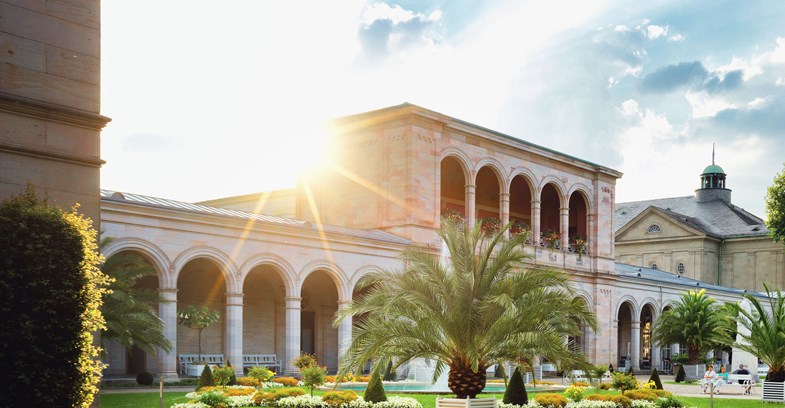The concept of Outstanding Universal Value
The fundamental part of presenting a nomination for consideration for inclusion on the World Heritage List is to demonstrate that a property has Outstanding Universal Value.
Outstanding Universal Value is why a property is considered to be so significant as to justify recognition on the World Heritage List. Outstanding Universal Value underpins the whole World Heritage Convention.
Outstanding Universal Value is the value agreed by the World Heritage Committee as reflecting why a property is seen to have international significance – it is not about national or local value.
What are the UNESCO criteria for?
The World Heritage Convention was established to recognize sites of Outstanding Universal Value which are part of the heritage of humankind as a whole, which deserve protection and transmission to future generations and which are important for the whole of humanity.
The Operational Guidelines define Outstanding Universal Value as being cultural and/or natural significance which is so exceptional as to transcend national boundaries and to be of common importance for present and future generations of all humanity.
This definition is understood through the criteria which is used to justify the inscription of properties on the World Heritage List.
Represent a masterpiece of human creative genius.
Example: the Sydney Opera House, Australia.
Exhibit an important interchange of human values, over a span of time or within a cultural area of the world, on development in architecture or technology, monumental arts, town-planning or landscape design.
Example: Samarkand – Crossroads of Cultures, Uzbekistan.
Bear a unique or at least exceptional testimony to a cultural tradition or to a civilization which is living or which has disappeared.
Example: Historic Centre of Macao, China.
Be an outstanding example of a type of building, architectural or technological ensemble or landscape which illustrates (a) significant stage(s) in human history.
Example: Rideau Canal, Canada.
Be an outstanding example of a traditional human settlement, land-use, or sea-use which is representative of a culture (or cultures), or human interaction with the environment especially when it has become vulnerable under the impact of irreversible change.
Example: Agave Landscape and Ancient Industrial Facilities of Tequila, Mexico.
Be directly or tangibly associated with events or living traditions, with ideas, or with beliefs, with artistic and literary works of outstanding universal significance. (The Committee considers this criterion should preferably be used in conjunction with other criteria.)
Example: Struve Geodetic Arc, Belarus, Estonia, Finland, Latvia, Lithuania, Republic of Moldova, Norway, Russian Federation, Sweden and Ukraine.
Contain superlative natural phenomena or areas of exceptional natural beauty and aesthetic importance.
Example: Monarch Butterfly Biosphere Reserve, Mexico.
Be outstanding examples representing major stages of Earth’s history, including the record of life, significant ongoing geological processes in the development of landforms, or significant geomorphic or physiographic features.
Example: Wadi Al-Hitan (Whale Valley), Egypt.
Be outstanding examples representing significant ongoing ecological and biological processes in the evolution and development of terrestrial, fresh water, coastal and marine ecosystems and communities of plants and animals.
Example: Rainforests of the Atsinanana, Madagascar.
Contain the most important and significant natural habitats for in situ conservation of biological diversity, including those containing threatened species of Outstanding Universal Value from the point of view of science or conservation.
Example: Socotra Archipelago, Yemen.

